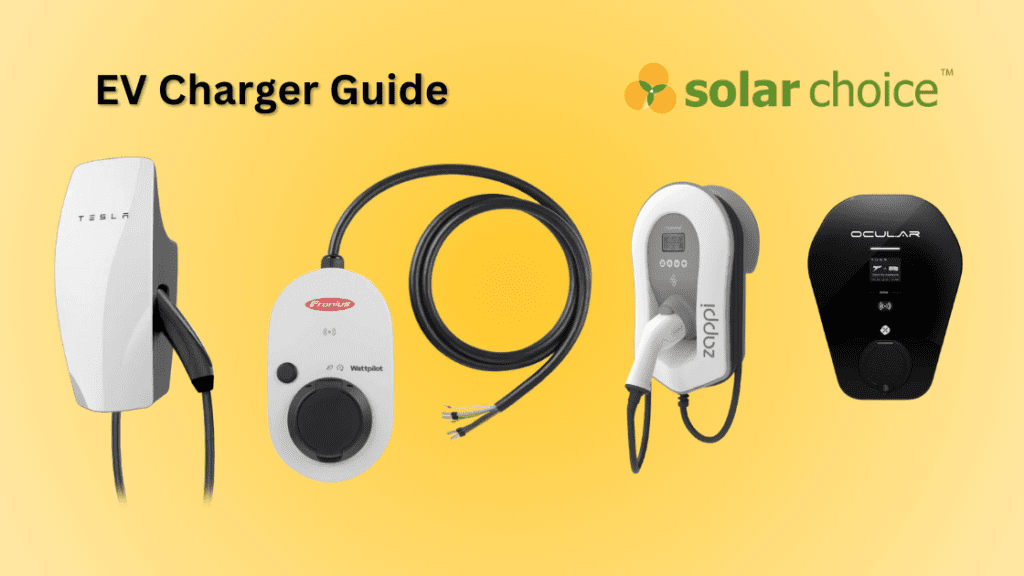In the last 12 months around 120,000 Australians bought and EV or a plug-in hybrid. All of these people face the same question – what is the best way to charge my vehicle at home?
Solar Choice provides independent advice to Australians on EV chargers. Importantly, we don’t sell or install EV chargers, so our advice and reviews are not influenced by relationships with manufacturers or installers.
Compare EV Charger Quotes from local electricians now
Do I need a EV Charger at home?
The short answer is no. You can charge an electric vehicle by using a regular 10amp power socket if you have one in your garage or near where you park your car.
A regular 10amp power socket will add around 10 kilometres of range to your battery every hour, or around 120 kilometres in a 12-hour overnight charge. For most drivers this is enough to get back to a full battery by morning.
However there are a number of benefits of an EV Charger that may justify the additional expense
What are the benefits of a home EV Charger?
The main difference, verses using a regular power point, is that a dedicated EV Charger will charge your car up to 5x faster (single phase) and 10x faster (3 phase).
There are a number of benefits:
- Cheaper charging rates. A basic power point charger will likely be plugged in once you get home and stay plugged in until you drive again. To recharge 100km a faster level 2 EV charger only needs to run 1-2 hours, so this can be scheduled to run at off-peak times or during solar hours to take advantage of a solar system. Additionally some of the EV-focused electricity plans on the market offer free power (yes, 0c per kWh!) at certain times of day.
- Recharge faster after longer journeys. If you get home after a big trip with your battery close to empty, it will take a regular power point 2-3 days to charge back to 100%. It could take longer if you need to continue using the car for your day-to-day.
- Integrate your EV charger with solar. If you have a solar system installed at your home, then many EV chargers will allow you to run the EV charger solely of solar power. This can give you confidence that you have minimised your carbon footprint whilst also minimising your charging costs. If you don’t have solar installed, then this would be a great time to reconsider if solar is worth it!
For those with an uncovered driveway or outdoor charging position, a level 2 fast charger may be the only option to have a weatherproof EV charging option safely and permanently available.
Every EV owner needs to assess these benefits against the costs of installing a charger and come to their own conclusion on the best solution.
Types of EV Charging Explained
There are three basic levels of electric vehicle charger speeds – slow, medium and fast. In addition to the charging speed, the size of your EV battery will also play a part in the total time (and cost) to fully charge it.
Transport for NSW has a handy guide here that details various power sources, the output that can be expected, the driving range added per hour of charging, and total charging time sorted by the typical type of charging applications.
Level 1 charger (slow):
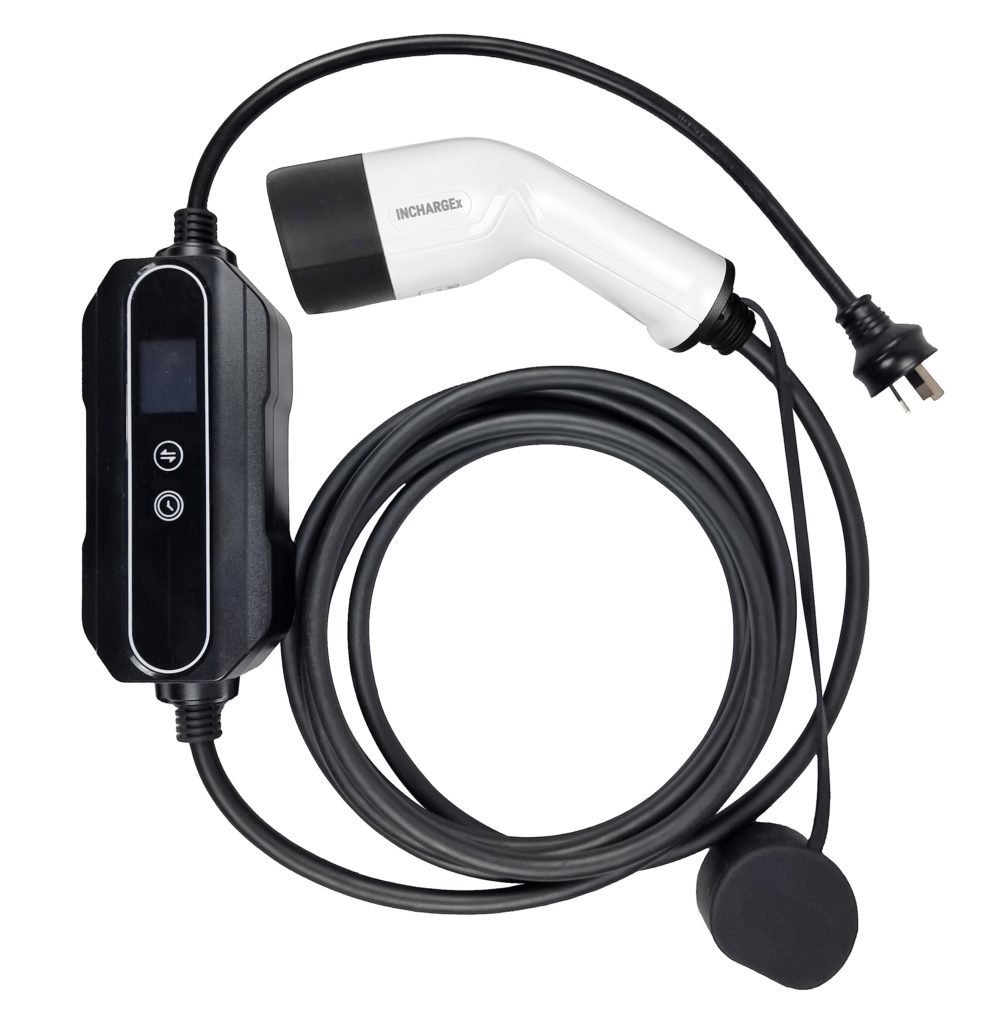
Also called a “trickle” charge, this is delivered by a standard power cable plugged into a wall socket delivering about 2kW per hour. Adequate for smaller batteries or infrequent driving. It costs nothing to install, but it is a good idea to take a look at your electrical wiring to ensure it is up to the task, and that a dedicated circuit is available for charging your EV.
Small to medium battery (approx. 40kWh) – about 20 hours to charge.
Large battery (approx. 75kWh) – about 37 hours to charge.
Level 2 charger (medium):
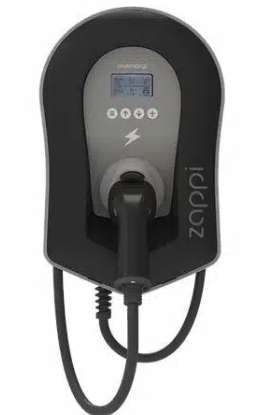
A dedicated, wall-mounted charging unit that delivers 7kW from a single-phase connection, or 22kW from a three-phase connection. At home, these chargers can provide a full charge overnight, and they can also be found in some public charging stations such as shopping centres. We’ll look in more detail at level 2 chargers available in Australia but expect to pay anywhere from $1,000 to $3,000 for purchase and installation. These units must be installed by a qualified electrician.
Small to medium battery (approx. 40kWh) – about 5.5 hours to charge.
Large battery (approx. 75kWh) – about 10.5 hours to charge.
These figures are for a 7kW single-phase connection, so a three-phase 22kW connection will be around three times faster than the charging times quoted.
Level 3 charger (fast):
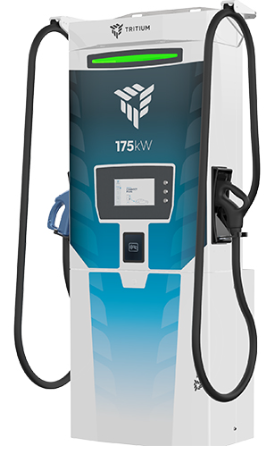
These are the high-voltage direct current (DC) chargers that are found at public charging stations. These chargers are featured in Tesla fast charger network. They can deliver a charge from 50kW up to 350kW – note that many EVs can only handle up to 50kW charging. They are expensive to install at around $25,000 each, so are generally only found in public charging stations. Charging times vary depending on the amount of charge your EV can handle, but most cars can be topped up in 30 minutes or less. There are around 2,500 public charging stations in Australia, and this number is constantly growing.
What are the different types of EV charger plugs?
Australia has mostly skipped past the plug-wars that happened in Europe and the US. The widely adopted standard for AC charging is ‘Type 2’ and DC charging is ‘CCS’ as shown below.
| Plug | Description | Photo |
| Type 2 (Mennekes) | The standard for EVs in Australia, is found on virtually all battery-powered electric vehicles in Australia. Suitable for AC charging. | 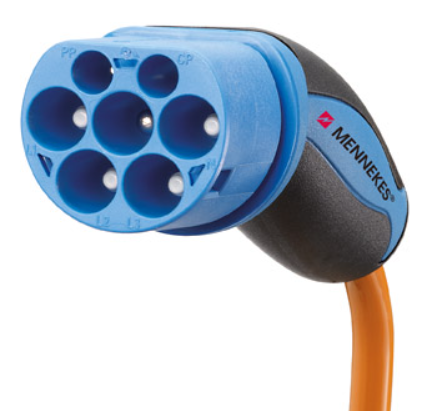 |
| Charge de Move (CHAdeMO) | Only used by a handful of EV brands (most common is the Nissan Leaf) | 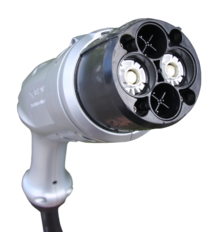 |
| Combined Charging System (CCS) | A fast charger connection for DC charging. Many EV brands in Australia have a CCS Combo connection that can plug into a Type 2 connection at home and a DC fast connection when out and about. | 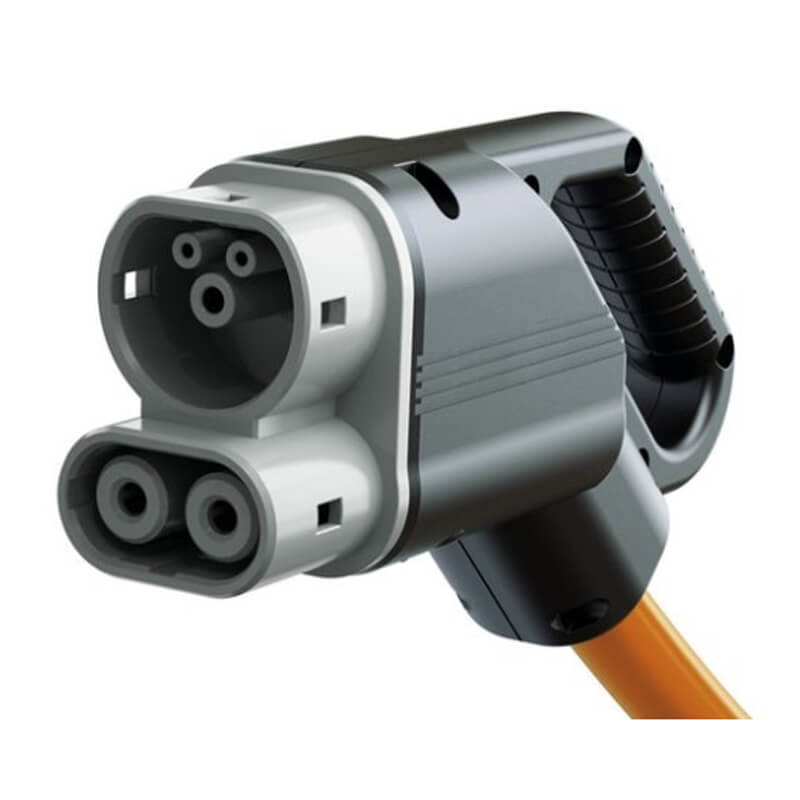 |
How much does a home EV charger cost?
We have been tracking costs to install an EV charger in Australia since 2024 based on our a vetted network of qualified electricians across all states in Australia. Based on the Solar Choice’s EV Charge Price Index from January 2025 the average cost to install an EV charger was $2,112 including all hardware and installation costs.
The costs will vary depending on:
- Type of charger installed. Basic chargers start at around $700, while a higher end charger with better features may cost around $2,000 for the charger alone.
- Installation requirements. The easiest installations are when the EV charger goes in next to the main switchboard for the house. If the cable run is longer than this and particularly if the electrician needs to cut through concrete or walls, then the costs will increase.
- 3-phase EV Chargers. Typically installers on Solar Choice’s network will charge an extra $400 to install a 3-phase EV charger plus an additional costs for the 3-phase version of the charger.
- Switchboard Upgrades. If you’re unlucky enough to have a very old switchboard that cannot accommodate any new appliances, then you may need to undergo an upgrade before an EV charger is installed.
Ready to get an EV Charger installed at your home?
What features to look for in an EV charger?
There are a lot of EV chargers to choose from and they range from dumb to smart and from well-backed and known companies to others that have popped up in recent years. We’ve reviewed nearly all the EV chargers available in Australia and have put together a full home EV charger comparison to help buyers find the one that suits their needs.
Some of the features we think are most important are:
Integration with your solar system
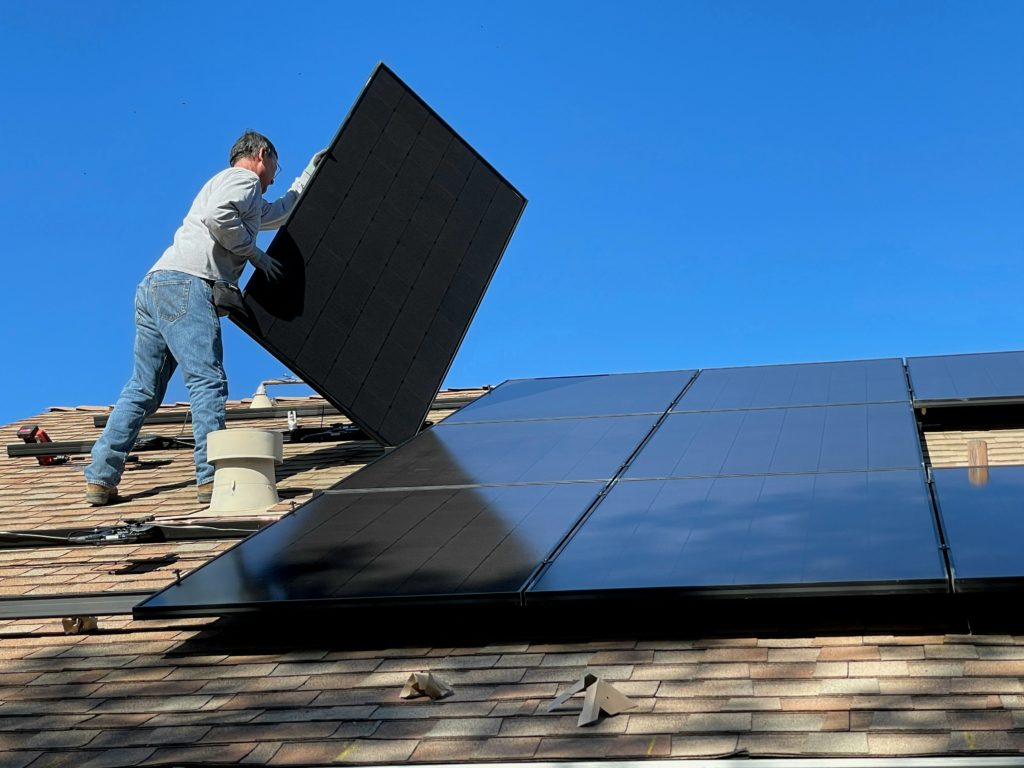
If you are going to the expense of installing an EV charger and have a solar system, it seems logical that you are going to want those two systems to work together. Usually solar-compatible EV Chargers will have a current transformer (CT) clamp that can attach to the incoming mains so that it can see you are receiving or exporting power.
We recommend you look closely at the specifications of how much surplus power is required before the EV charger will turn on. Ideally this would be as little as 6 Amps, but some chargers require 20 Amps or more which means you might rarely have enough surplus power to trigger the EV charger.
Unfortunately as many EV charger companies don’t put this information on their datasheets, it may require a call to their sales representative, or check out our EV charger reviews.
You can usually save around $700 or $800 to go with a ‘dumb’ EV charger with no solar capability, but in our opinion its well worth the extra expense.
Open Charge Point Protocol (OCPP) capable?

OCCP is a universal language that 3rd party hardware and software can communicate with and control EV chargers. Not all EV chargers are compatible with this language.
There are various uses of OCPP in EV chargers today including the ability to use a popular third-party app like Charge HQ.
The main reason to find a charger with OCPP is the possibilities in the future. As a developing space, OCPP functionality will likely be the key to EV batteries being able to support household usage, provide services to the grid and be controlled by electricity retailers to achieve cheapest possible charges.
Cable length and options
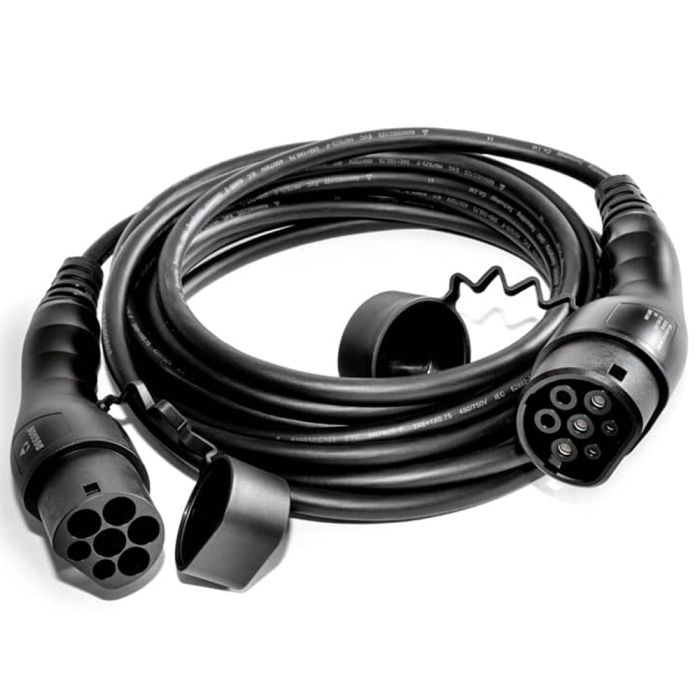
Many EV drivers will have specific requirements of the length of the capable depending where they park, where they plan to put the EV charger and the location of the charging port on the EV.
Some EV chargers come with relatively short 5m cables and some extend to 7.5m. For the most flexibility homeowners can opt for an ‘untethered’ EV charger which means the EV charger just has a socket and does not come with a cable. Then EV drivers can buy a type 2 to type 2 cable separately which could be as long as 15 metres or longer.
Reputable Company / Manufacturer
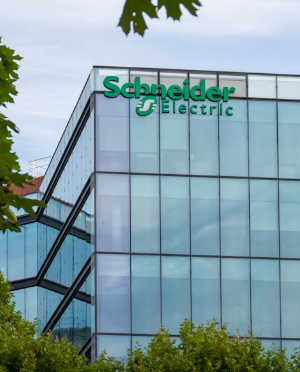
These days it seems easier than ever to set up a company and find a 3rd party manufacturer in China to throw a brand and logo onto an EV charger. As a result, there are a lot of relatively unknown brands on the market. For any brand you like the look of, we would recommend checking:
- The company has been trading for at least 3 years (longer the better)
- The company has an Australian office and a clear process for Australian customers to claim warranty
- Have a look through customer reviews on public platforms. We are collecting and verifying customer reviews from Solar Choice customers and the general public but as an emerging market many brands do not have a lot available. Check out our customer reviews here.
What about bi-directional charging and vehicle to home and grid?
There is a little way to go before bi-directional charging and vehicle to grid capabilities will be broadly available to the public in Australia. There have been a number of trials conducted in Australia and overseas.
Australia has recently revised electrical codes (AS477.2:2020) which now makes vehicle to grid possible, but we still need network operators and car manufacturers to play along and affordable bi-directional EV chargers.
Currently, bi-directional chargers used in pilot studies have costs $8,000 to $10,000 and have only been compatible with specific EV models.
This is undoubtedly the future of EVs and will present an opportunity for every EV owner to start making money off their parked cars, but we are likely a few years away.
In Summary
A level 2 EV charger is a good idea to charge your EV faster, cheaper and using renewable power
Picking the right EV charger is important as they range widely in quality, features and reputation
You can use Solar Choice’s online quote comparison tool to freely browse through EV charger quotes from electricians local to you that Solar Choice has vetted.
Ready to get an EV Charger installed at your home?
- Solar Panel Costs: Solar Choice Price Index | April 2025 - 1 April, 2025
- Solar Panels For Homes – All You Need to Know About Solar Systems - 18 March, 2025
- Best NSW Solar Feed-In Tariffs - 17 March, 2025
